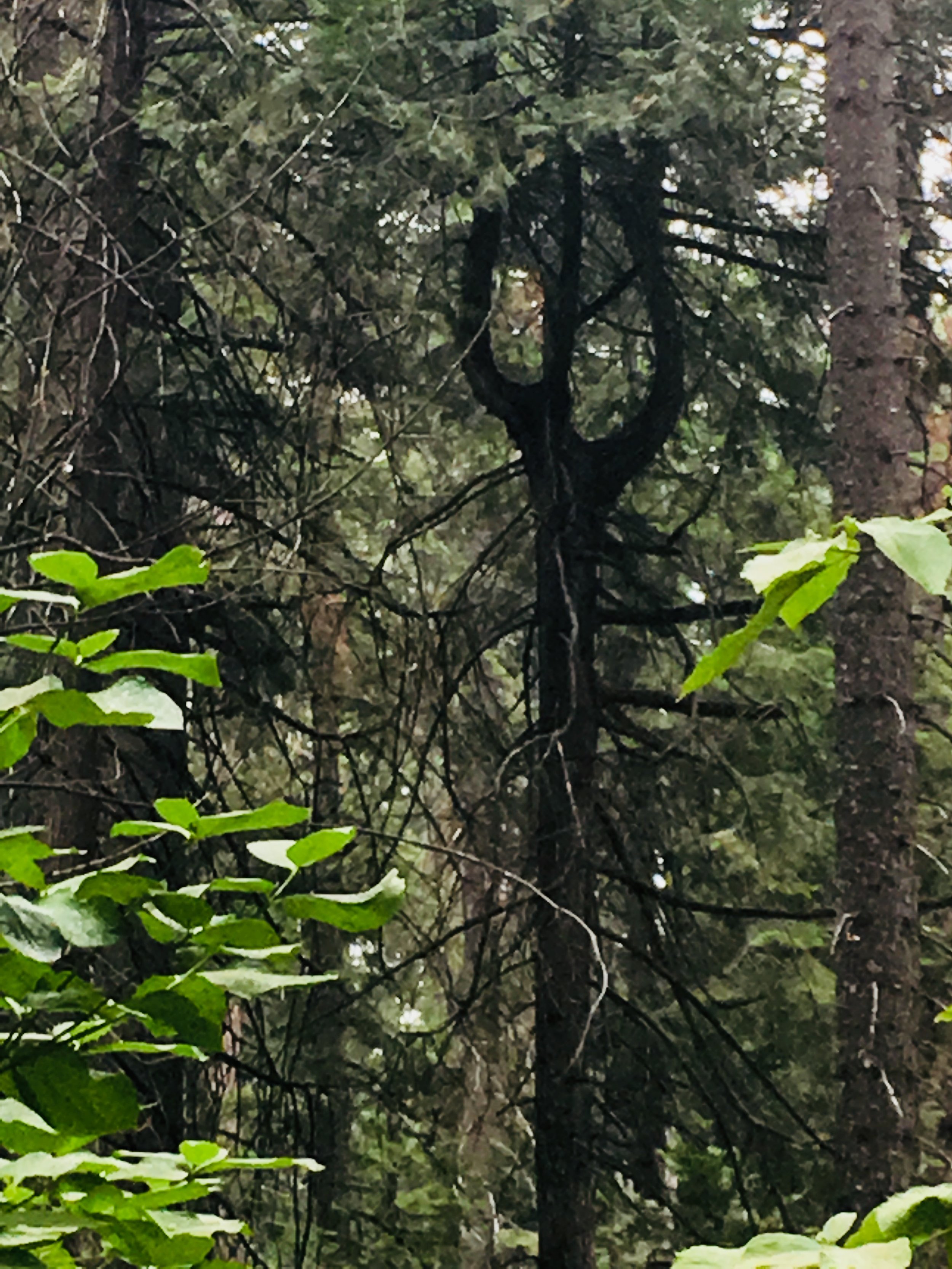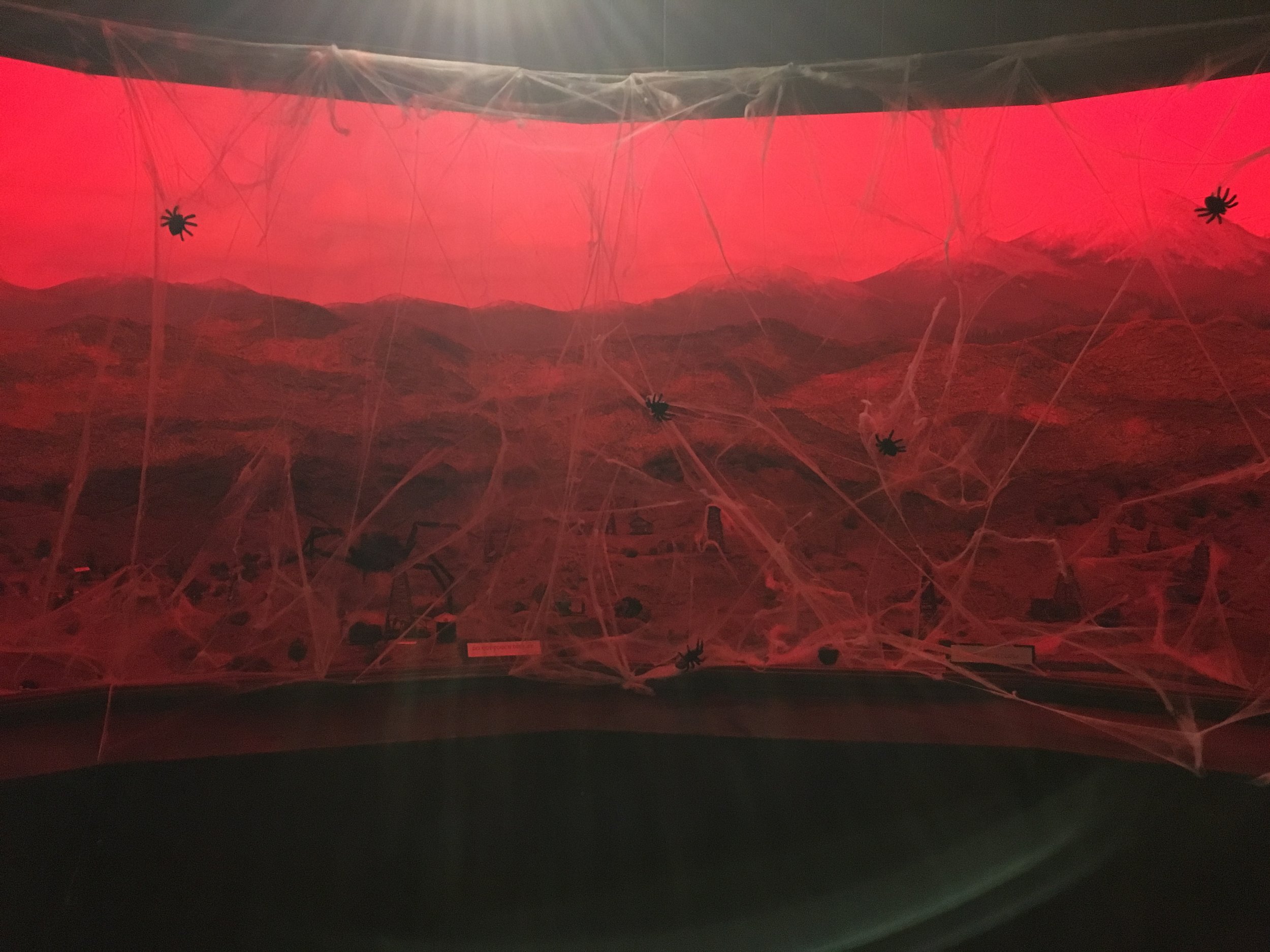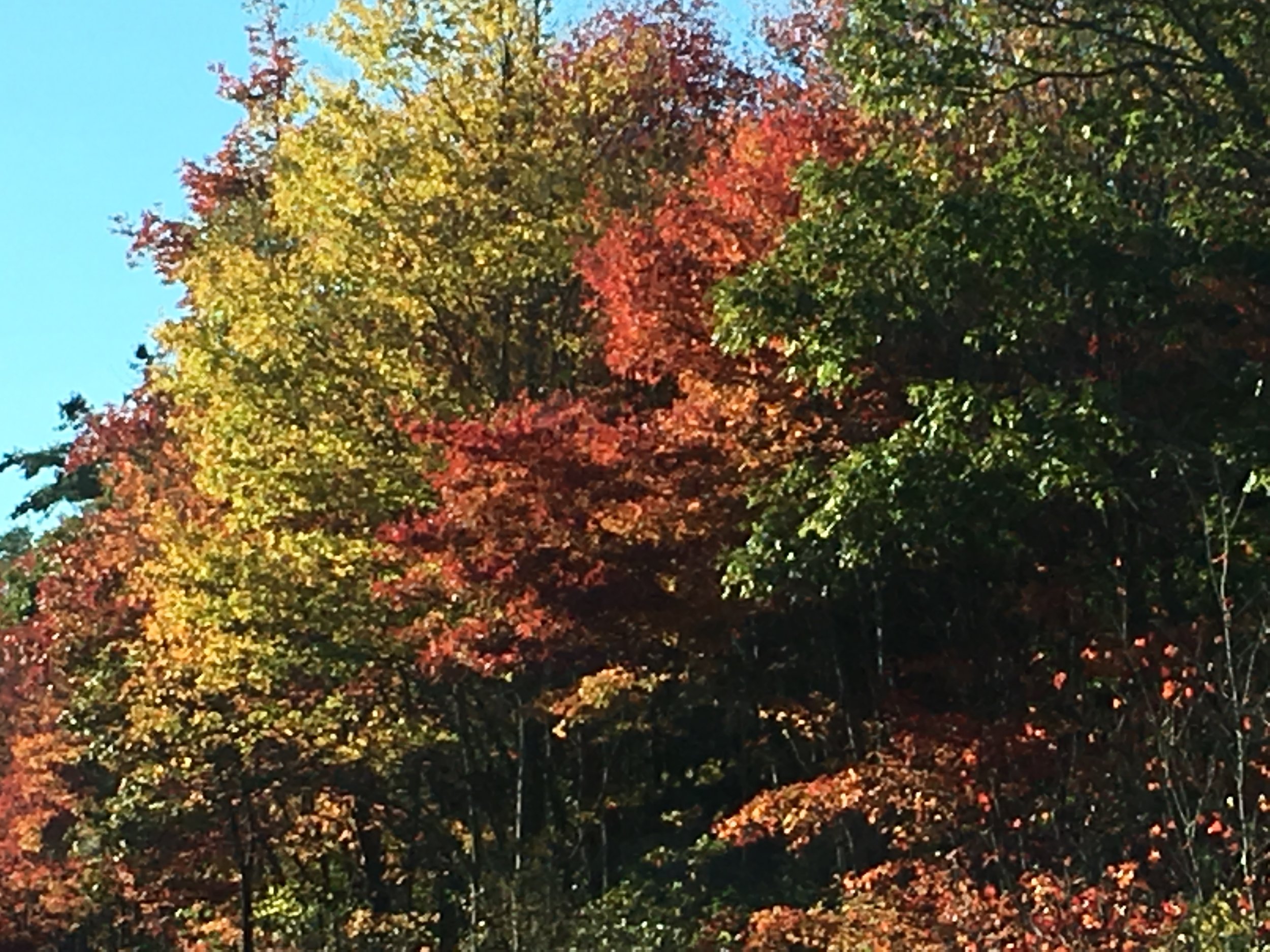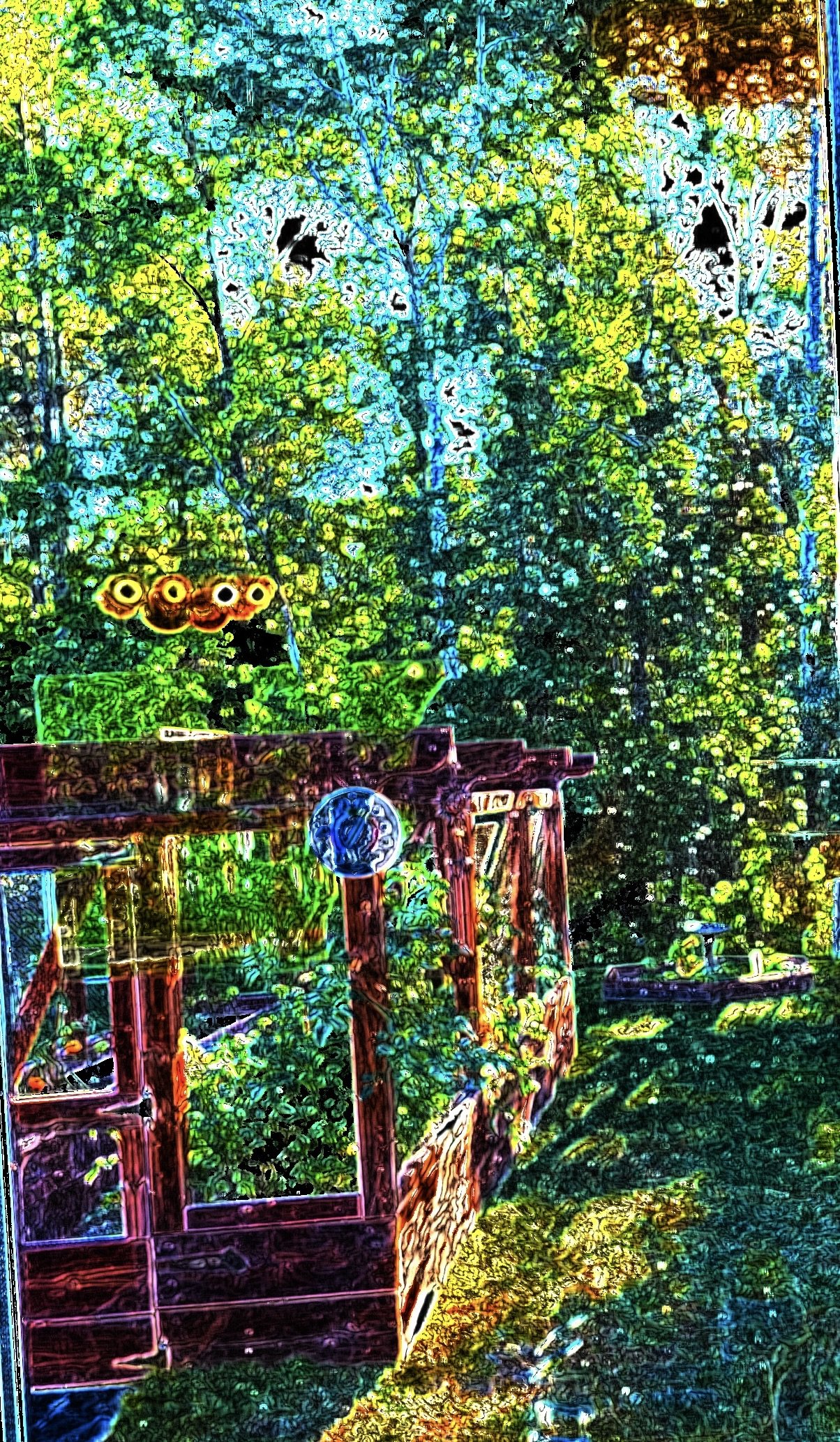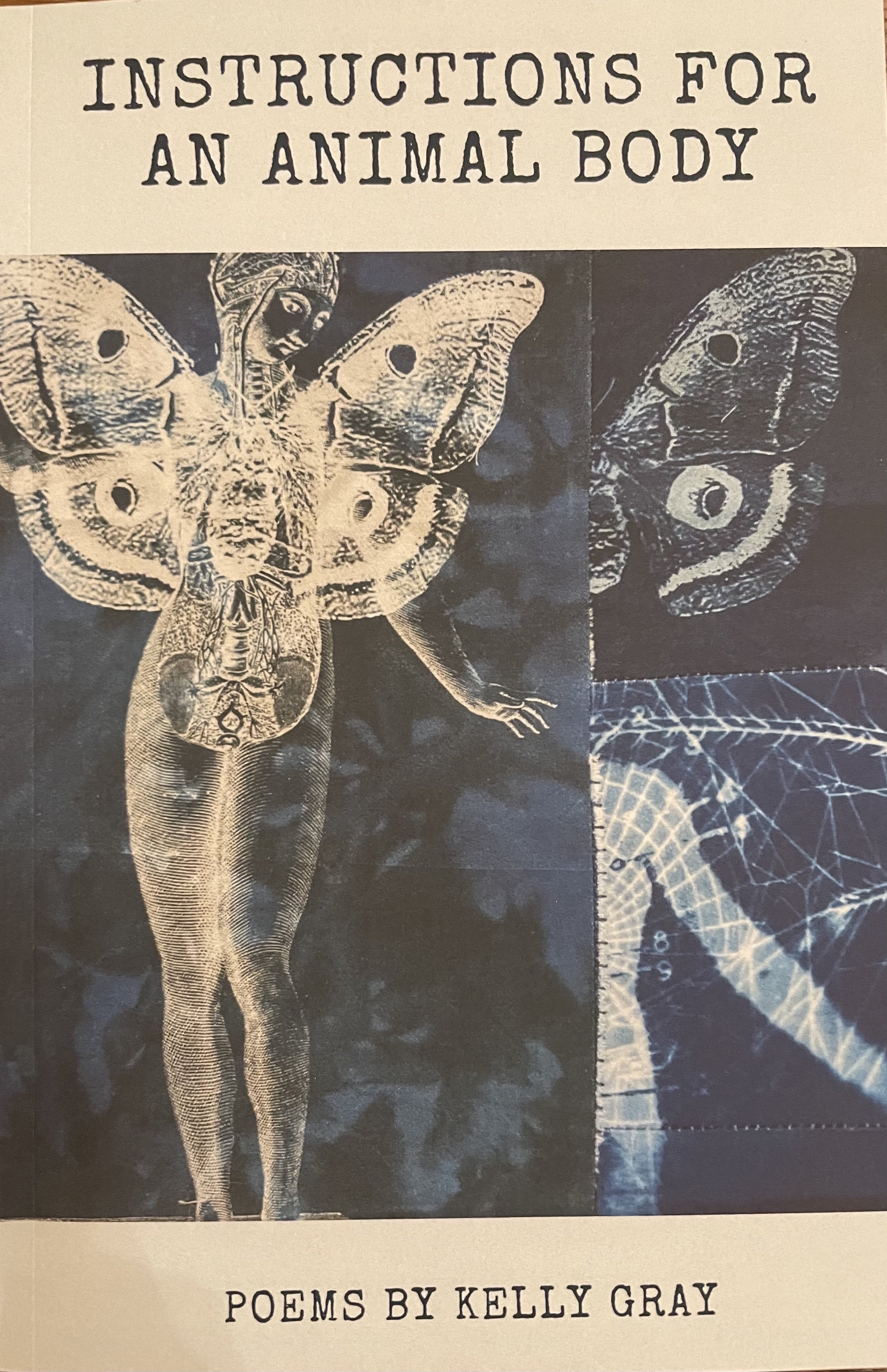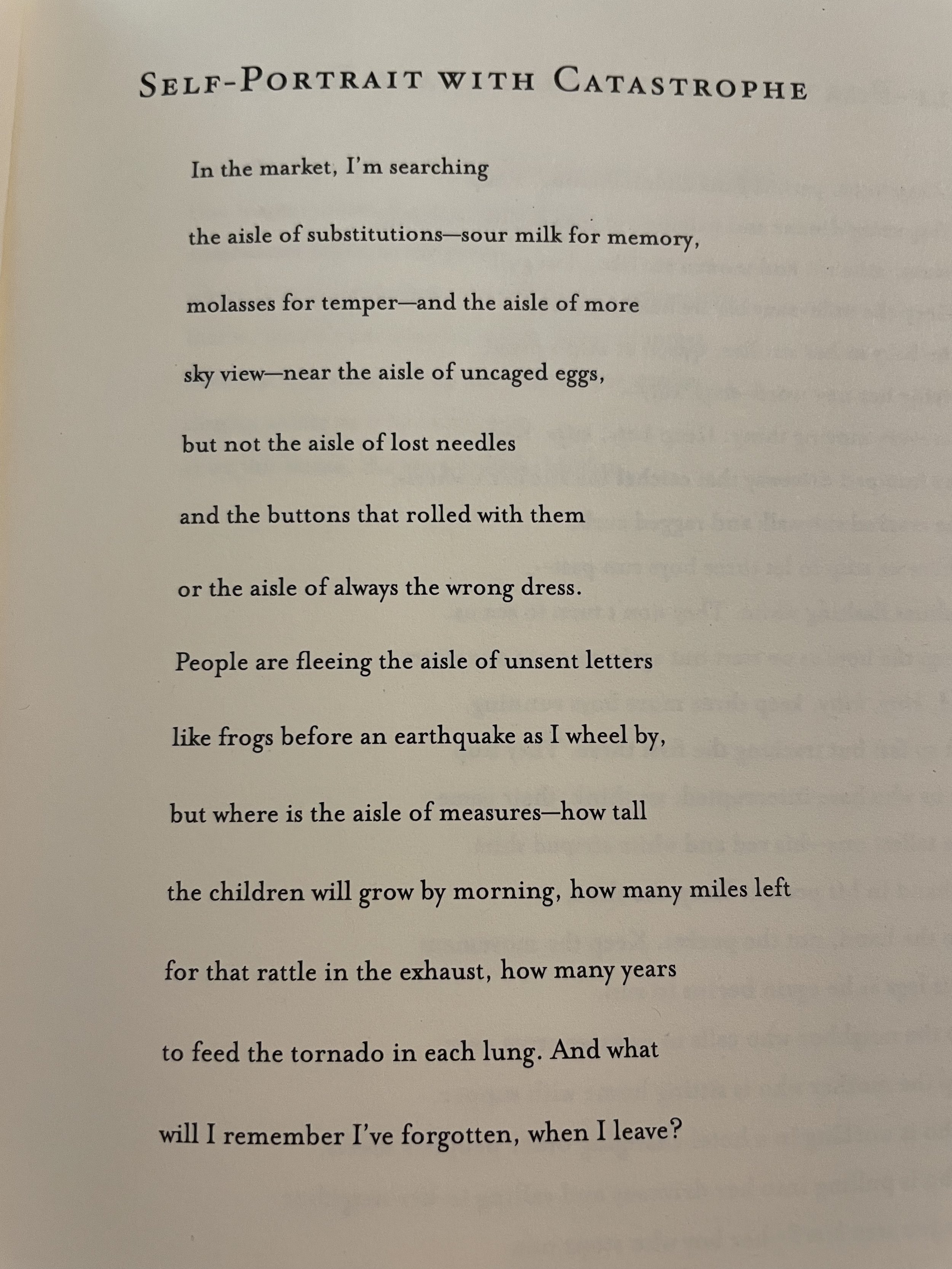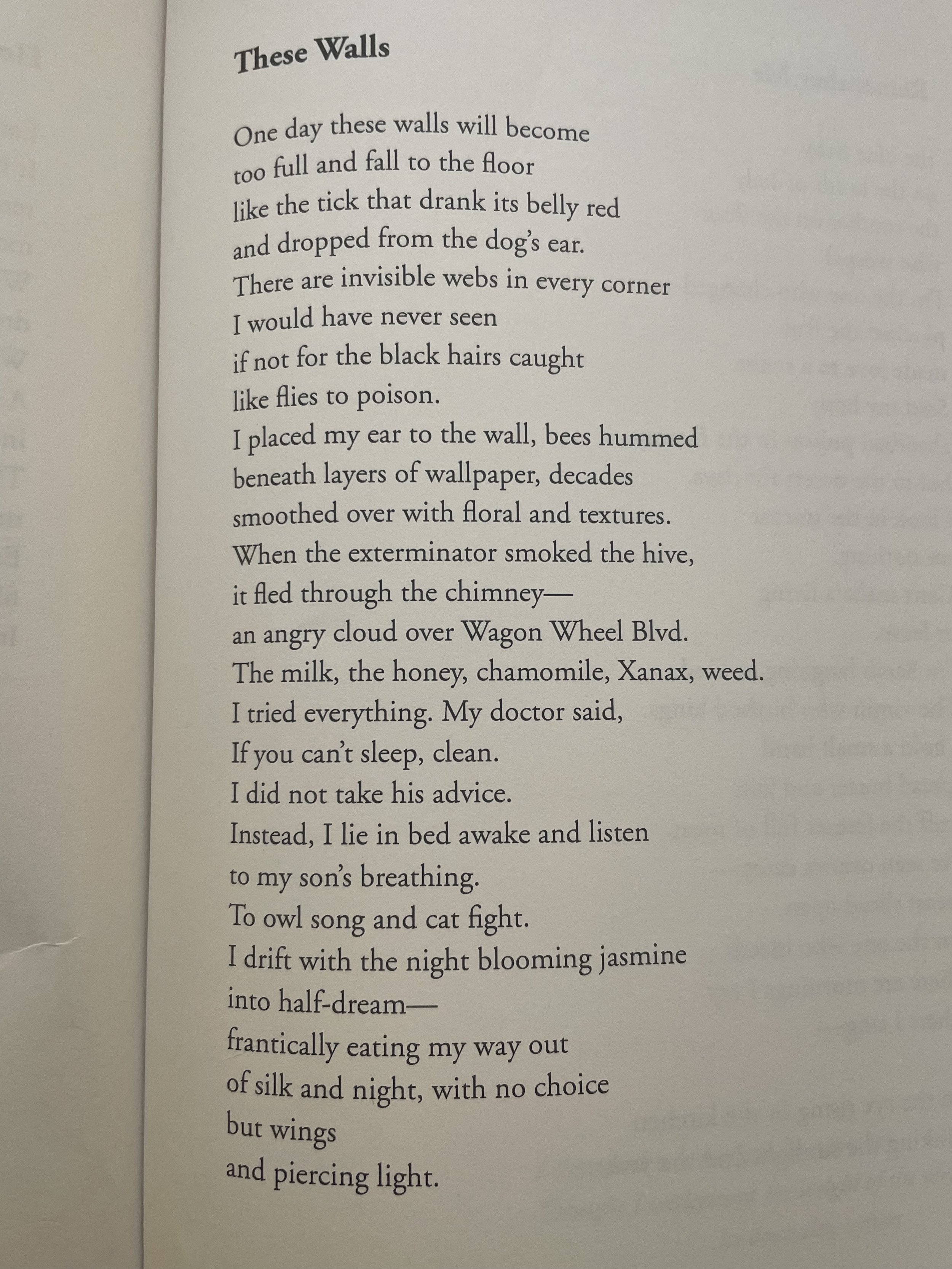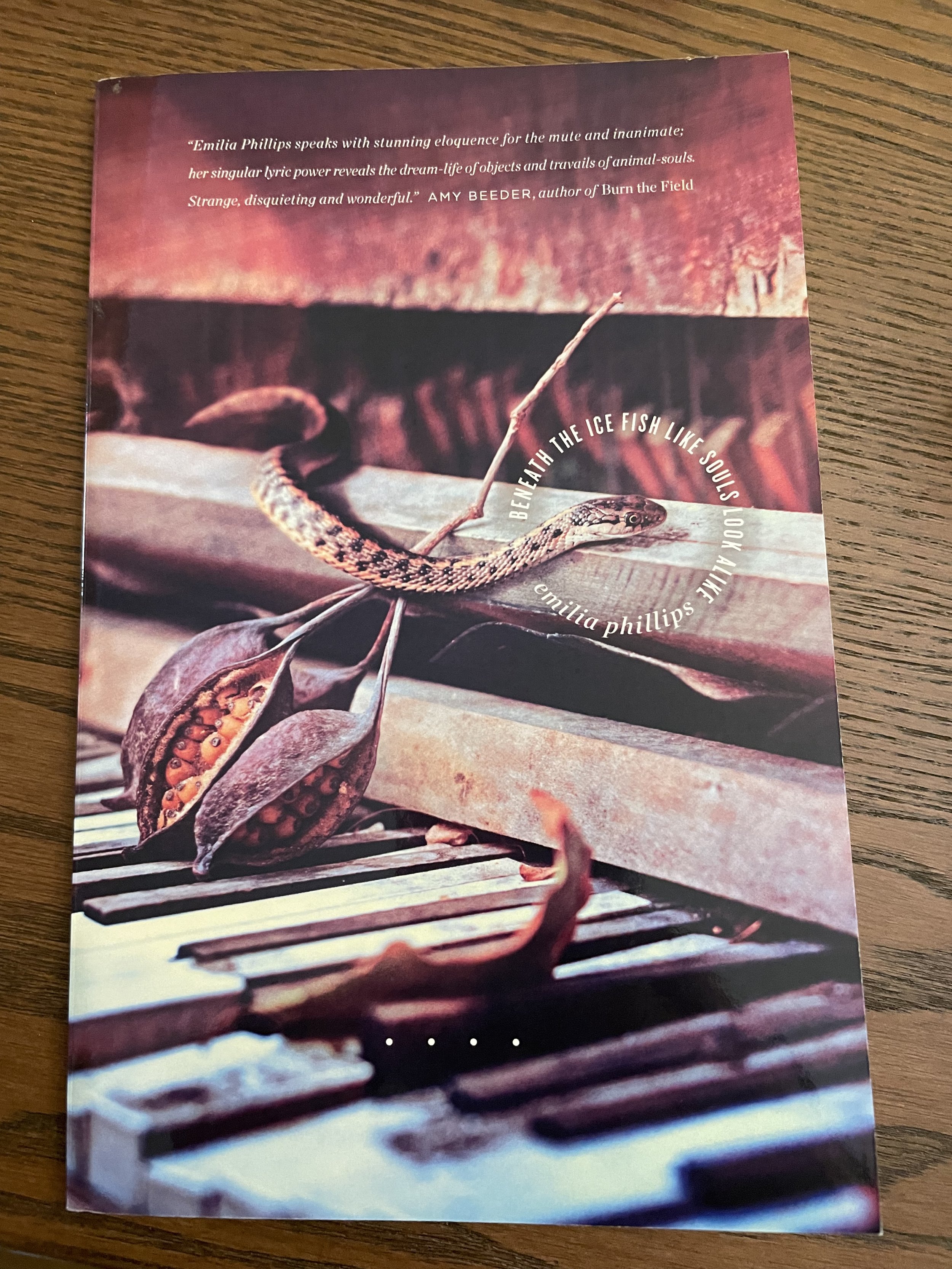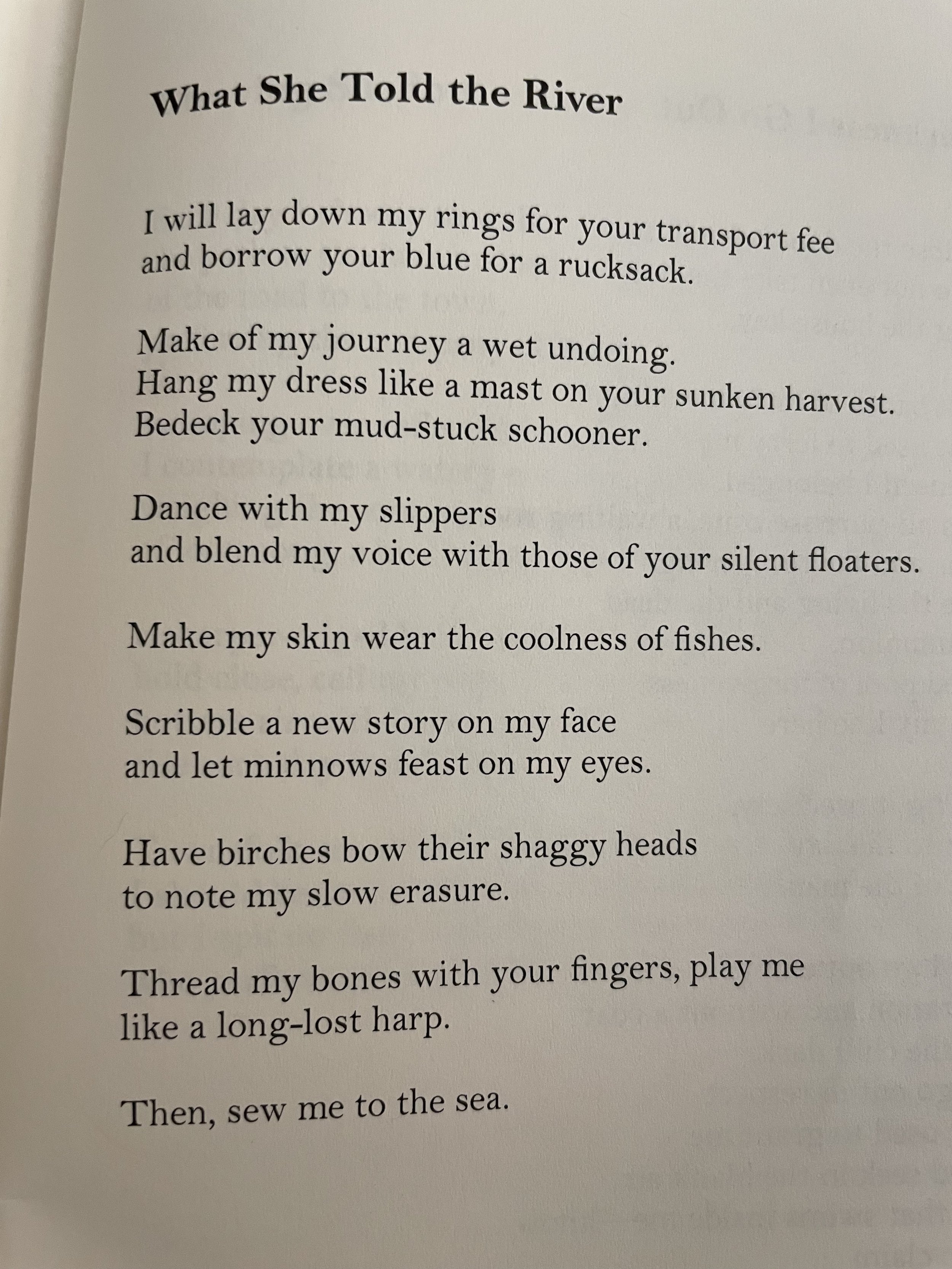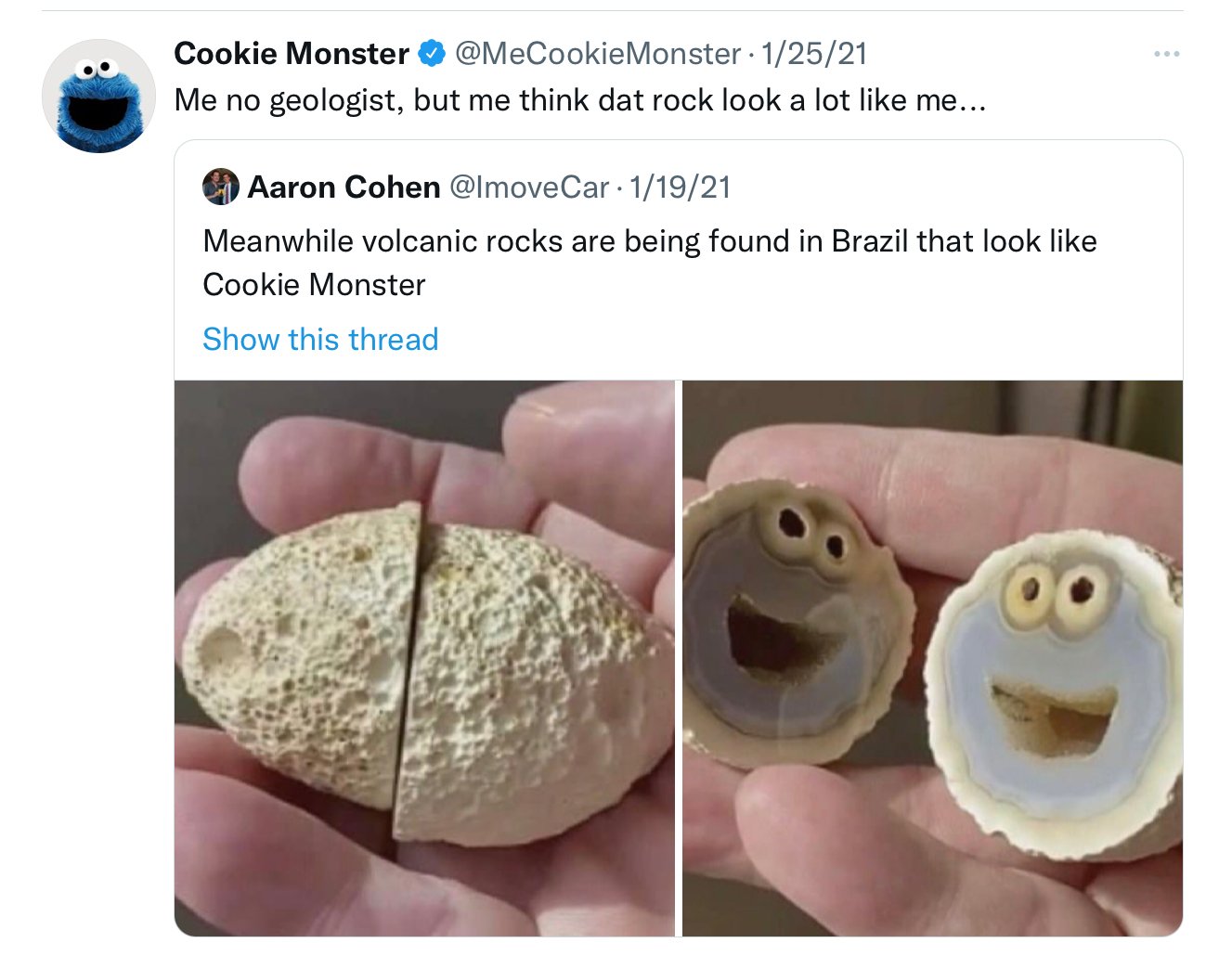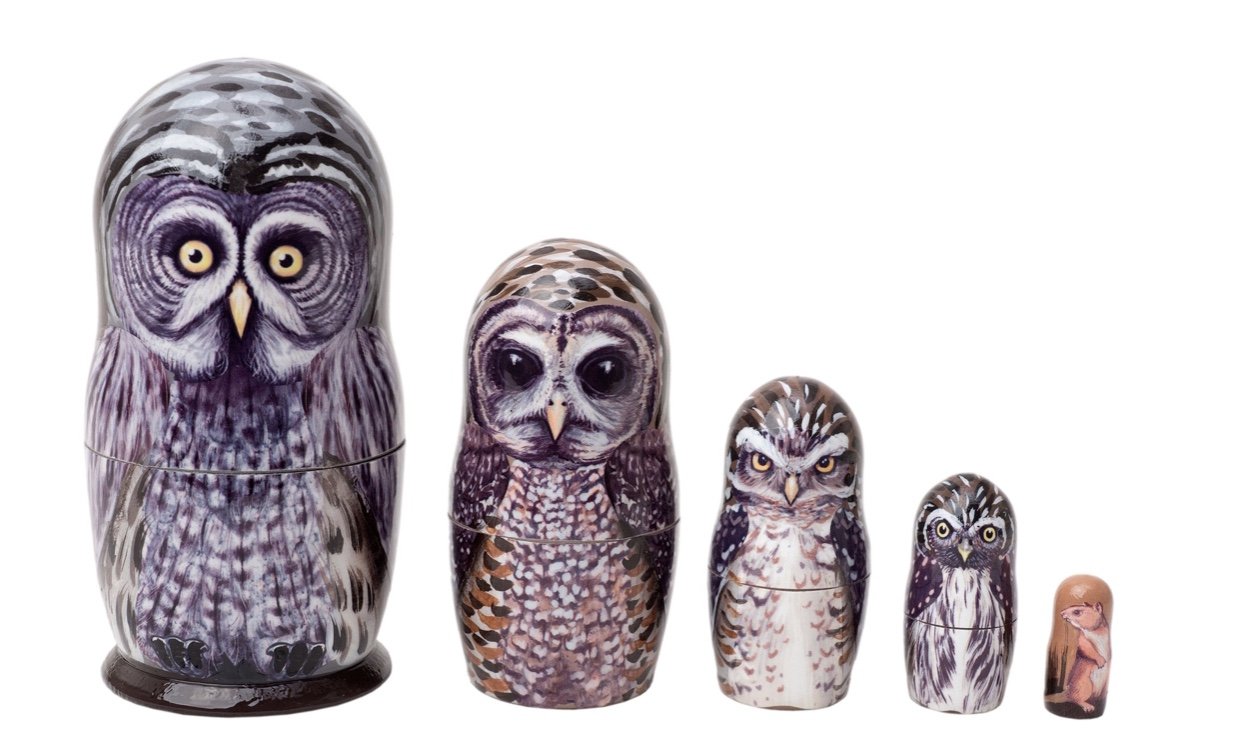Let the season of ghouls and ghosts bring light to your carved pumpkin heart.
For your first prompt make a list of monsters, mythological creatures, and horror villains on a sheet of paper. Write down at least five but the more the merrier! Now cut each of those items into separate strip of paper. Fold each strip and place into a hat or trick-or-treat basket. Choose two and write a love poem about these two. If those don’t spark any inspiration, choose again.
For your second prompt, take two common enemies—perhaps a comic book hero and nemesis—and ship them. Make their story arc from jilted longing and resentment to white picket fence or at least a fabulous one night.
The inspiration for your next prompt is this movie poster (from an exhibit at the Peabody Essex Museum in Salem, MA)
Your final prompt is to write an ekphrastic using the following movie poster from the Peabody Essex.
Have fun!



